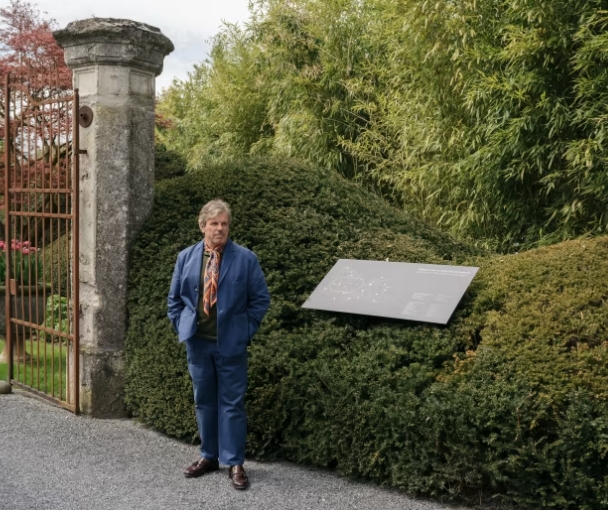Landscape architecture plays a crucial role in creating sustainable environments by designing spaces that are both beautiful and functional. Through careful planning and thoughtful design, landscape architects work to minimize the negative impact of urban development on the environment while enhancing the well-being of communities.
Creating green spaces
One of the primary goals of landscape architecture is to create green spaces within urban environments. By incorporating vegetation, trees, and open areas into the design of a space, landscape architects can help reduce air and water pollution, combat the urban heat island effect, and provide habitats for wildlife. These green spaces also serve as a buffer against noise pollution and can improve air quality, helping to create a healthier environment for residents.
Promoting sustainable practices
Landscape architects also play a key role in promoting sustainable practices such as xeriscaping, rainwater harvesting, and using native plants in landscaping projects. By designing landscapes that require minimal water and maintenance, landscape architects can help conserve natural resources and reduce the environmental impact of development. Additionally, by using native plants that are well-suited to the local climate and soil conditions, landscape architects can create landscapes that are more resilient and better able to thrive in their environment.
Creating resilient landscapes
In a changing climate, it is important that landscapes are designed to be resilient and adaptable. Landscape architects can help create landscapes that are able to withstand extreme weather events such as floods, droughts, and storms. By incorporating elements such as rain gardens, green roofs, and permeable paving, landscape architects can help manage stormwater and reduce the risk of flooding. They can also design landscapes that are able to adapt to changing conditions, ensuring that they remain healthy and vibrant for years to come.
In conclusion, landscape architecture plays a vital role in building sustainable environments by creating green spaces, promoting sustainable practices, and designing resilient landscapes. By working with nature and integrating sustainable design principles into their projects, landscape architects can help create environments that are not only beautiful and functional but also environmentally friendly and socially beneficial.

